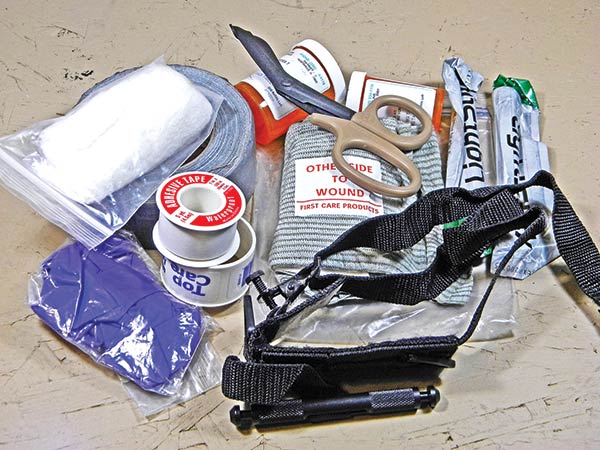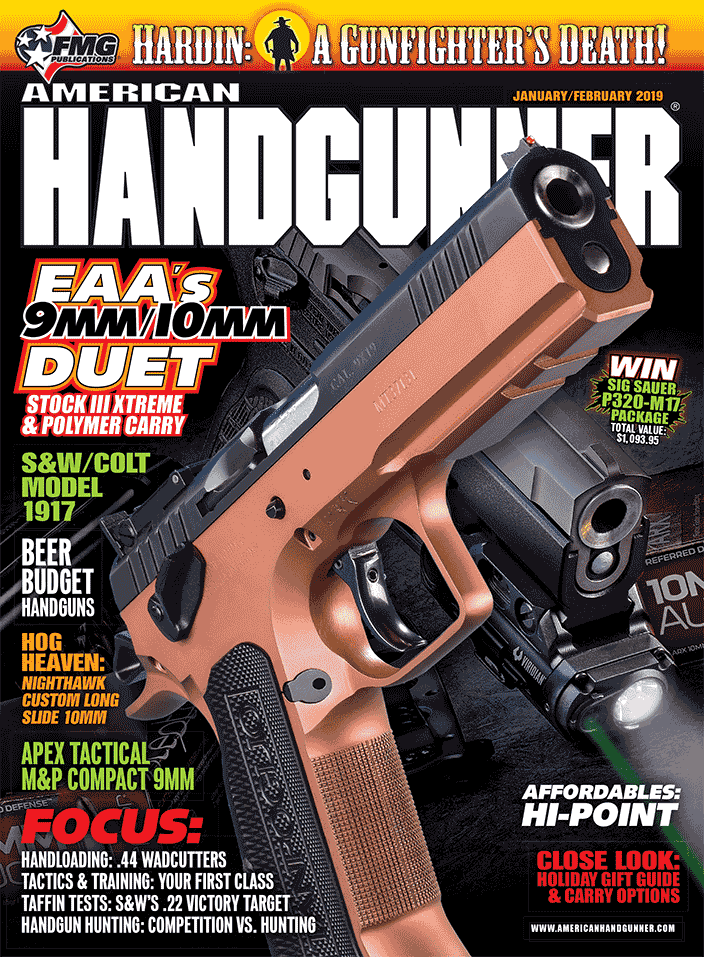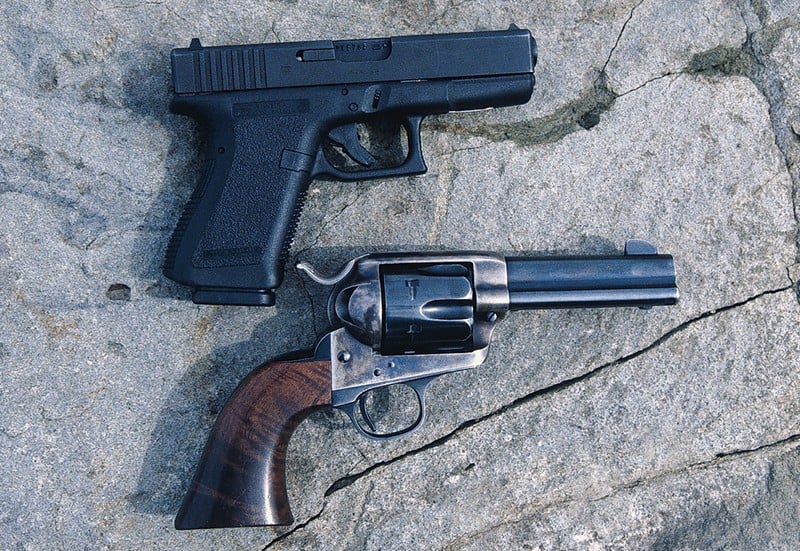The Right Stuff
Each piece of gear should be given the same consideration as your selection of firearm. With a properly designed holster you can acquire a firing grip on the pistol while holstered, and the mouth doesn’t collapse once the pistol is drawn, allowing you to holster using only your firing hand. Cheap, generic one-size-fits-all gear is unsafe, and you won’t be allowed to use it during class.
Some gear, like knee and elbow pads don’t have to be “tactical” black with Velcro. So long as it’s quality gear it doesn’t matter if you use work pads from the hardware store or skate/snowboarding pads. Test all your equipment prior to class. The right holster needs a proper belt. The belt has to fit the loops in the holster and the belt loops on your pants.
Please don’t take a brand new, unfired firearm to class. Test it with your magazines and ammunition. I’ve had students arrive for instruction only to discover the thousand rounds of ammo they saved 30 bucks on won’t function in their gun. Make sure there’s not any weak links in your “chain.”
Make a list of “personal” gear you’ll need during class, plus a “to-do list.” Again, print out a hard copy to work from. If you know from experience it’s easy to lose a certain spring or detent for your firearm, bring spares. Small items like this are not expensive, and having spares may save your class. The “to-do” list reminds you to put fresh batteries in your optics, flashlights and other accessories. The gear list reminds you to take spares. Your personal list also includes things like sunscreen, athletic tape, band-aids and other items needed for any trip or outdoor adventure.
There are items that may not be required, but will make things easier. I highly recommend electronic earmuffs. Plugs block the ear canal, but a lot of vibration causing hearing damage comes in behind the ear at the jawbone. Electronic muffs magnify “normal” sounds so you can easily hear range commands, then shut down when noise passes a certain level.
I’m also a big advocate of taking notes during the class. This creates a reference for after the class, and the act of writing notes helps implant the material into your mind — it actually helps you learn. Typing notes into your phone or pad doesn’t make the same connections so bring a note pad, and use it.







